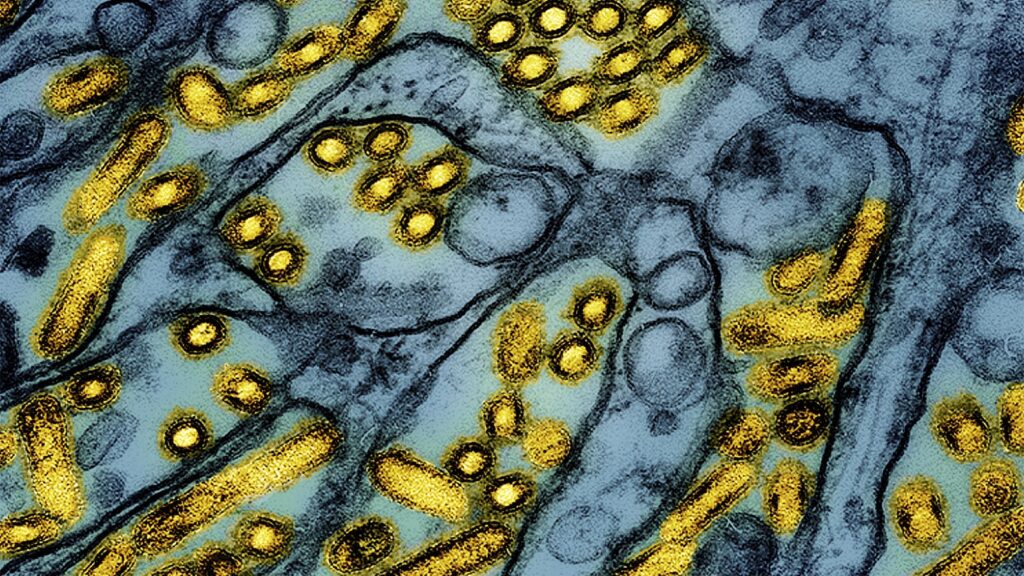The first U.S. bird flu death was reported, a person in Louisiana who had been hospitalized with severe respiratory symptoms.
Louisiana health officials announced the death on Monday.
Health officials have said the person was older than 65, had underlying medical problems, and had been in contact with sick and dead birds in a backyard flock. They also said a genetic analysis suggested the bird flu virus had mutated inside the patient, which could have led to the more severe illness.
They have disclosed few other details about the person.
In a statement, the CDC said a death from H5N1 bird flu in the U.S. isn’t unexpected given the “known potential” of the virus “to cause severe illness and death.” The agency also said the risk to the general public remains low at this time.
The bird flu virus “is a serious threat and it has historically been a deadly virus,” said Jennifer Nuzzo, DrPH, director of the Pandemic Center at the Brown University School of Public Health in Providence, Rhode Island. “This is just a tragic reminder of that.”
“Just because we have seen mild cases does not mean future cases will continue to be mild,” she added.
Last week, Canadian researchers provided details on a teenager who was hospitalized in British Columbia with a severe case of H5N1. That patient, who had a history of asthma and a body mass index over 35, had to have extensive treatment — including mechanical ventilation, extracorporeal membrane oxygenation, and three antivirals — but ultimately recovered.
Since March, 66 confirmed bird flu infections have been reported in the U.S., but previous illnesses have been mild and most have been detected among farmworkers exposed to sick poultry or dairy cows. In two cases — an adult in Missouri and a child in California — health officials have not determined how patients caught it.
The origin of the Louisiana person’s infection was not considered a mystery, but it was the first human case in the U.S. linked to exposure to backyard birds, according to the CDC.
Louisiana officials say they are not aware of any other cases in their state, and U.S. officials have said they do not have any evidence that the virus is spreading from person to person.
The H5N1 bird flu has been spreading widely among wild birds, poultry, cows, and other animals. Its growing presence in the environment increases the chances that people will be exposed, and potentially catch it, officials said.
Officials continue to urge people who have contact with sick or dead birds to take precautions, including wearing respiratory and eye protection and gloves when handling poultry.
Please enable JavaScript to view the

